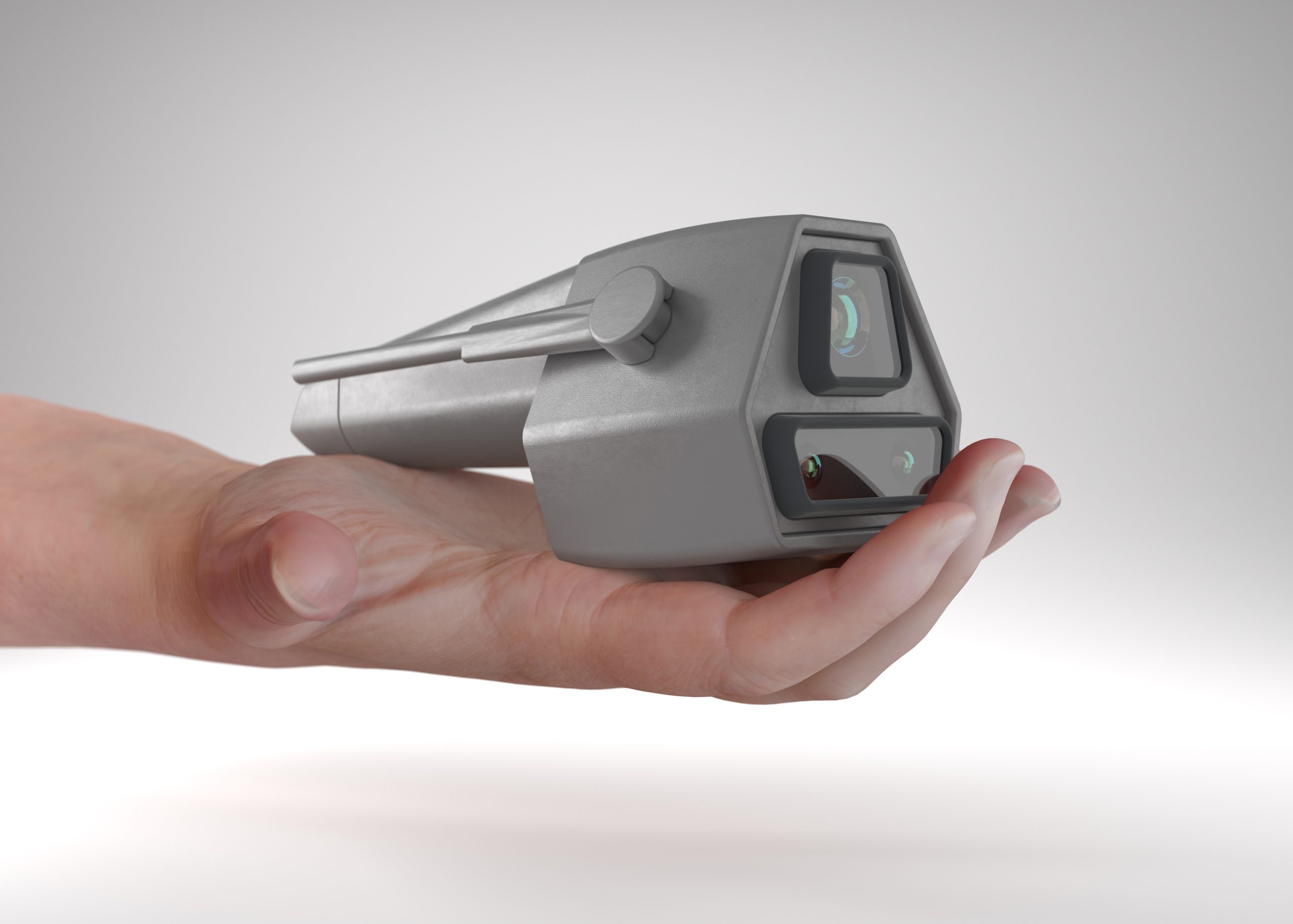Final year project
Improving Independent Training Whilst Reducing Risk of Injury
Mímir - Motion Tracking Training Aid
Mímir is a device designed to improve the quality of an athlete’s independent training by providing feedback and supervision for solo training sessions.
Mímir achieves this through motion tracking, aided by computer vision equipped with stereo depth cameras. Athletes use Mímir to record their training, afterwards their footage is uploaded to a cloud computing service that creates a 3D representation of their movements. Their motion data can in turn be analysed by a trained AI to identify areas the athlete could improve upon, as well as spot potential injuries that could be caused by the athlete’s form or movements.
Mímir - AI Powered Performance Analysis
All of Mímir's hardware components have been selected to generate as much useful data as possible to benefit the AI algorithm that tracks the footage. By tracking footage of an athlete's training, the algorithm can build a full 3D representation of the user, and use this to identify any weaknesses in their performance that could be improved, or even identify potential causes of injuries to help protect the user. To train the algorithm, labelled data can be generated by recording footage of athletes wearing IMU (inertial measurement unit) suits, which would allow new sports to be added to the device's functionality rapidly. The motion tracked representation can also be used to illustrate to the user where they may need to focus more attention and can be seen from any angle, conveying to the user as clearly as possible.
Mímir - App
Analysis and feedback are provided to the athlete through the Mímir app, which was prototyped using Figma. The user records themselves with the Mímir device, where the footage is transferred to the user's phone. Through the app, the footage is uploaded and analysed with a cloud computing service, generating motion-tracked data that can be scrutinised to identify weaknesses in the athletes' performance. Feedback is returned to the user through a breakdown of their performance, highlighting areas the athlete is excelling in and offering advice to improve areas that may be a struggle. The app not only supports the key functions of the device, but also offers the athlete with relevant articles and guides that may help their performance, or may instead facilitate growing their interest in their chosen sport. Developing the app prototype in Figma allowed me to conduct thorough user testing, which generated key insights to develop my design around.
Matt Miller
Final year project
Improving Independent Training Whilst Reducing Risk of Injury


